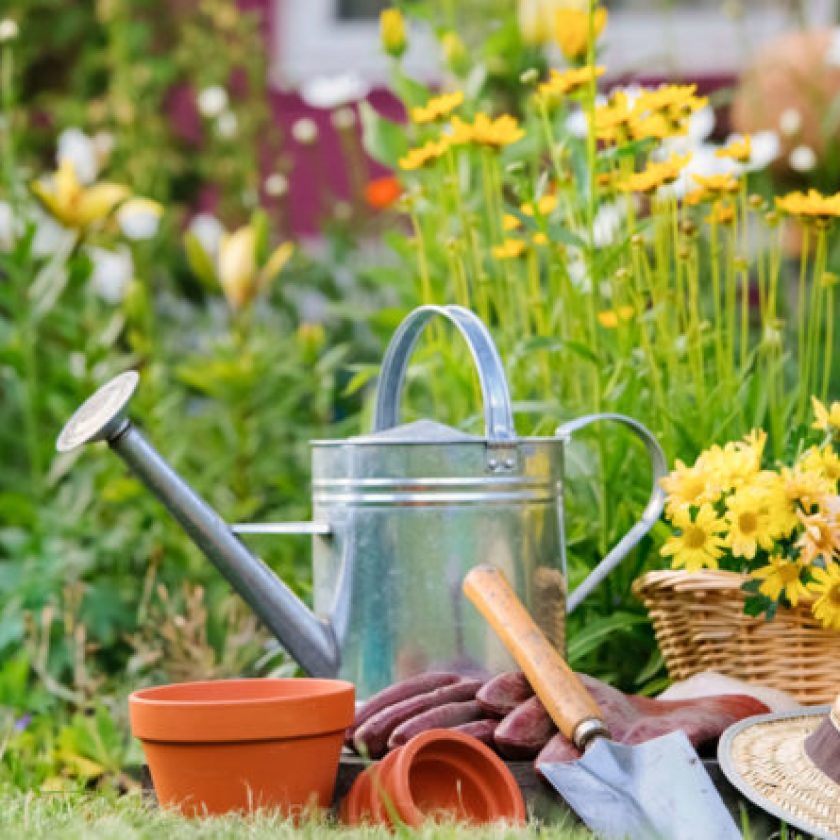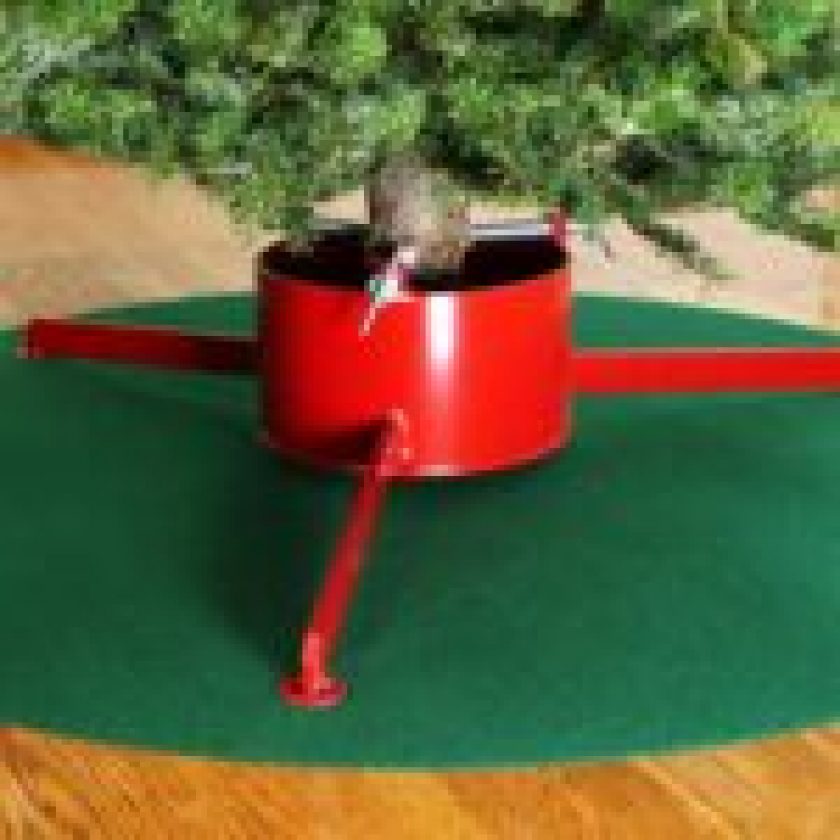If you think watering your garden is a no-brainer exercise – think again. If you water too long, you could be inviting fungus and other infectious diseases. Water too little and you stand the risk of very shallow roots. Water late in the evening or at night and insects come out to play, water too high and run the risk of losing half of the moisture especially during hot weather.
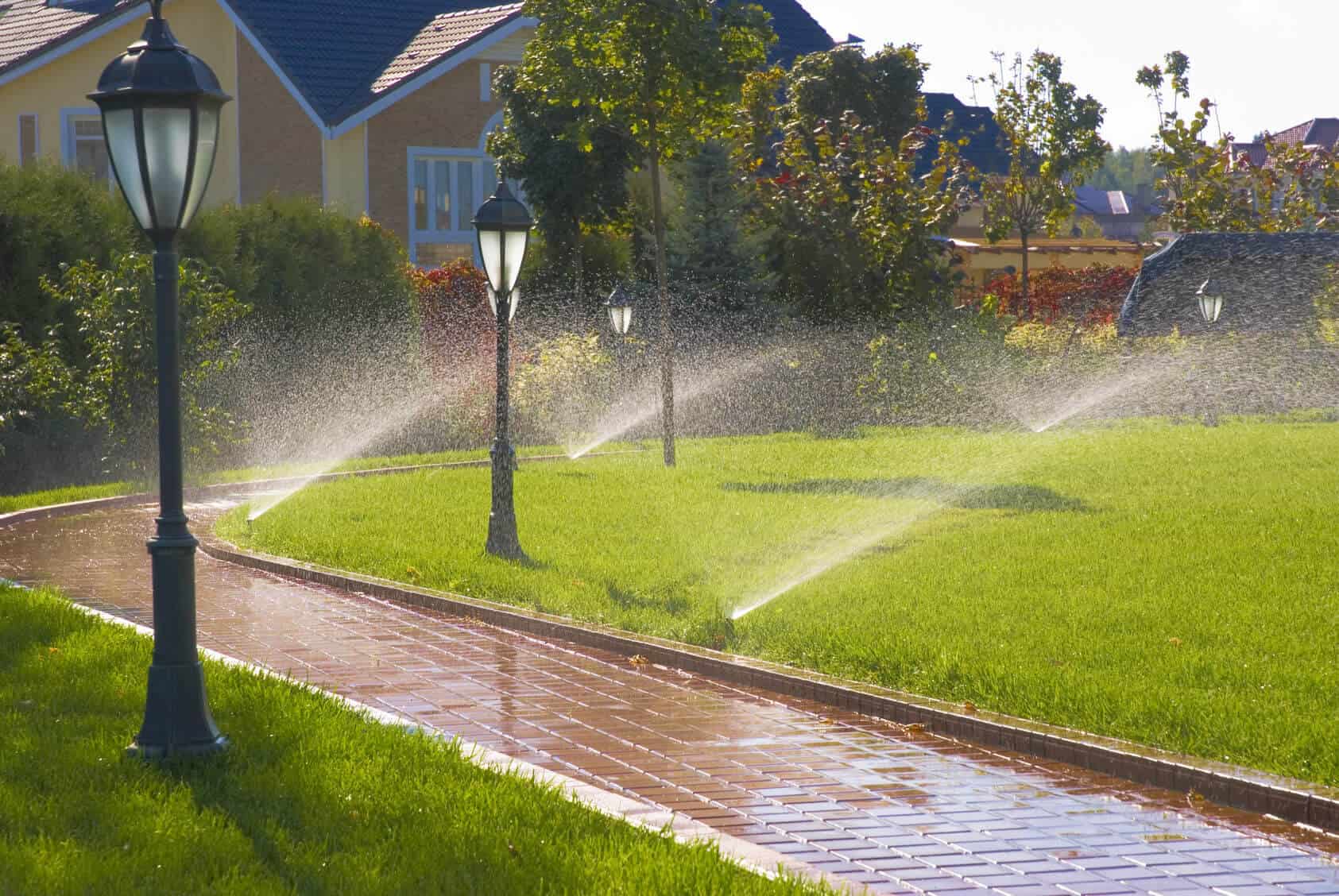
source: libertylawnnewbraunfels.com
The country imposed restrictions can come in play during droughts making poor watering habits a real issue. Water is a precious source that promotes life so it’s imperative that you develop the right watering habits for healthier garden plant growth.
We understand that garden watering habits can vary widely depending on the schedules of owners. Busy owners often fail to water on time, hereby leaving the plants to sit dry for prolonged periods of time. On the other hand, some gardeners have too much time to spare for gardening that they literally drown the plants in water.
We have written this ultimate guide to garden watering to help you find the right balance. Let’s dive right in:
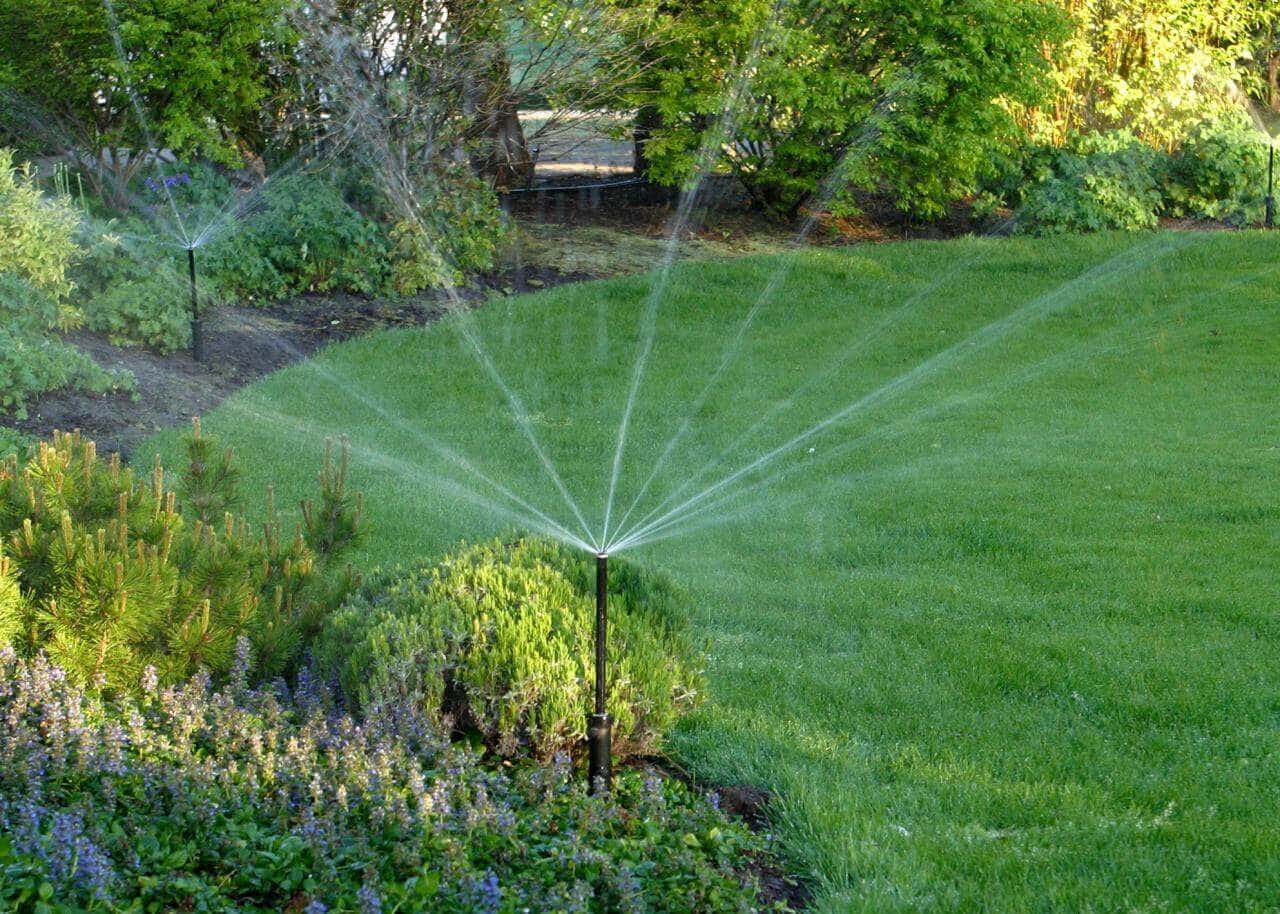
source: tillysnest.com
Finding The Right Balance
To find the right watering balance, you need to understand the watering needs of the plants in your garden. The first step is identifying your soil type and determining the amount of water your plant needs.
Vegetables:
These require an inch of water a week or six gallons of water per square yard either through rainfall or proper irrigation system. If the plants are on sandy soil, try to water twice per week while clay or loamy soils require that you water them once a week.
It’s better to thoroughly water the soil infrequently than to frequently water lightly. Deepwater soaking encourages strong root growth while shallow watering makes the plant susceptible to drought and dryness by keeping roots close to the surface.
Use a rain gauge:
You will benefit immensely from the use of an inexpensive rain gauge to judge the amount of water your garden soil is getting. The gauge will tell you if your plants have received the right amount of water weekly. If not, then supplement to make up for it.
Make Use of a Moisture Meter
The use of a moisture meter can tell if your garden soil has received the right amount of water or not. There are numerous automated water devices in stores today. Make use of one with a good rating.
Don’t Water Too Much
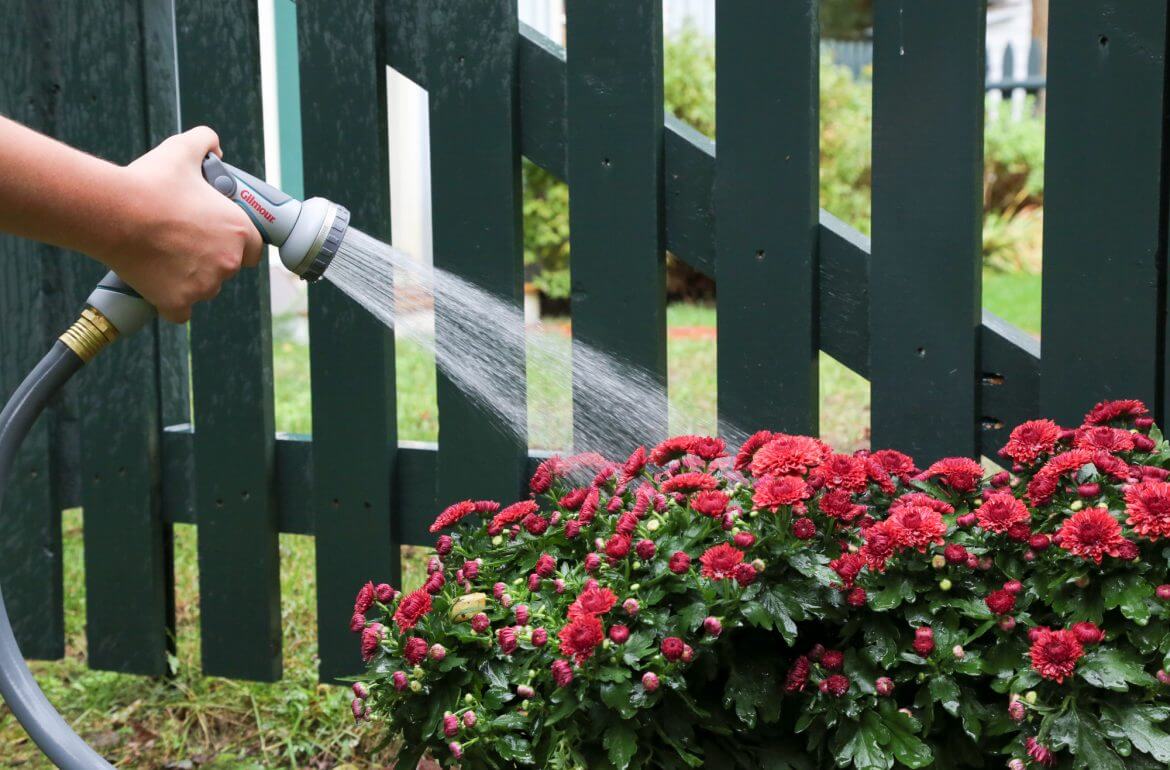
source: hgtv.com
There is an increased possibility of damaging your garden if the soil is over logged with water. If the soil pores are completely clogged with water, roots will find it very hard to breathe. Apart from hampering their ability to breathe, mineral absorption and growth can also be compromised.
Use The Proper Garden Tools And Watering System
It’s possible to automate garden watering with the right tools if you don’t have the time to do it yourself. The impact sprinkler design in automated irrigation system comes in various shapes, sizes and functions to meet the watering needs of most gardeners.
Other tools like water timers can be configured to deliver a set amount of water every day as required. The right gardening tools will help you distribute the right amount of water as long as they are configured properly.

source: hongslandscape.com
5 Golden Watering Rules to follow
Keep plants evenly moist:
Most plants depend on even moisture to develop properly. Get to know the watering needs of plants before you sprinkle with water.
Water plants less often but thoroughly:
If you don’t have time to water frequently, try to water as thoroughly as possible when you get the chance. One of two watering sessions per week will usually suffice.
Water large amounts in parts:
Watering too much at a time will lead to wastage. If you have large amounts to water, do it in parts rather than at once. Watering in parts reduces the chances of over clogging the soil with water.
Water with a target but distribute it:
After you must have determined the right amount of water needed by your garden plants, water thoroughly with that target in mind but evenly distribute it throughout the garden.
Water late in the evening or early in the morning:
Watering early in the morning or late in the evening reduces the chances of evaporation that is peculiar to the midday sun.

